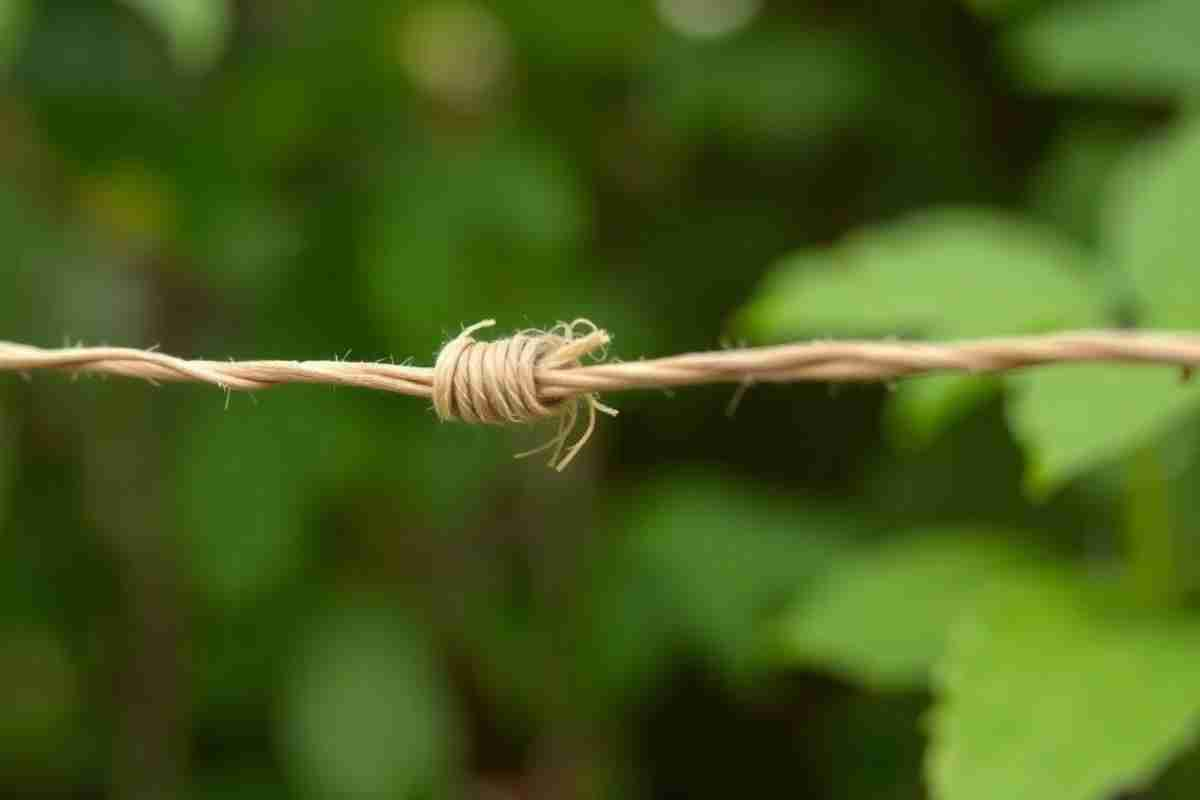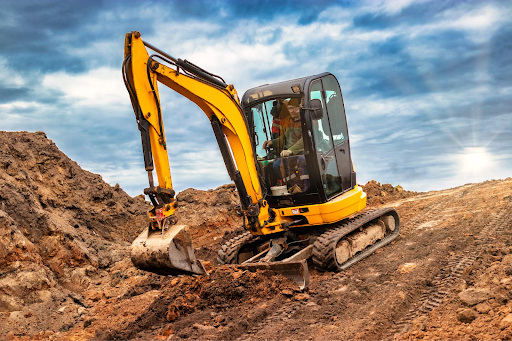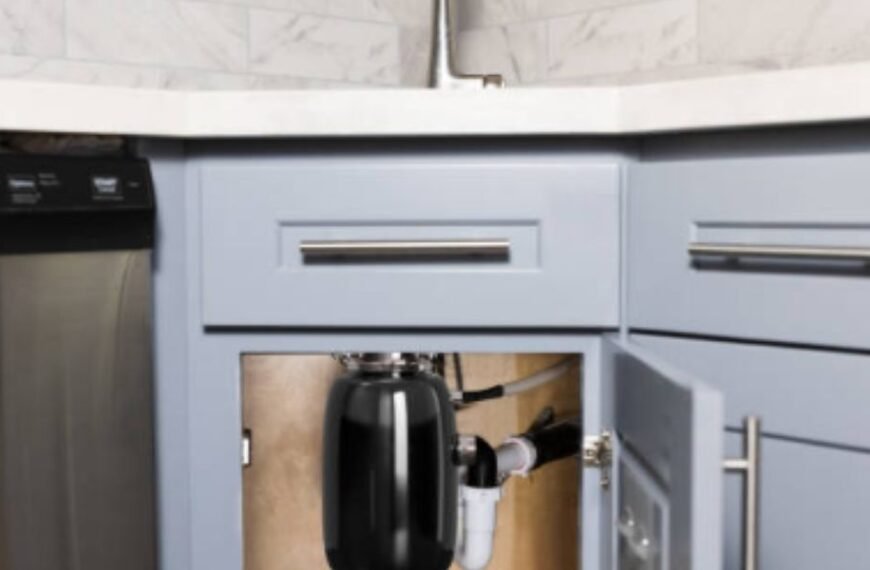Snares are powerful tools used for trapping and capturing animals. Though often associated with hunting, they have other practical applications.
Whether used in the wild for survival or in controlled environments, snares have proven to be highly effective.
Let’s dive into the fascinating world of trapping devices and explore their various types, uses, and the best practices for using them effectively and responsibly.
What Are Snares?
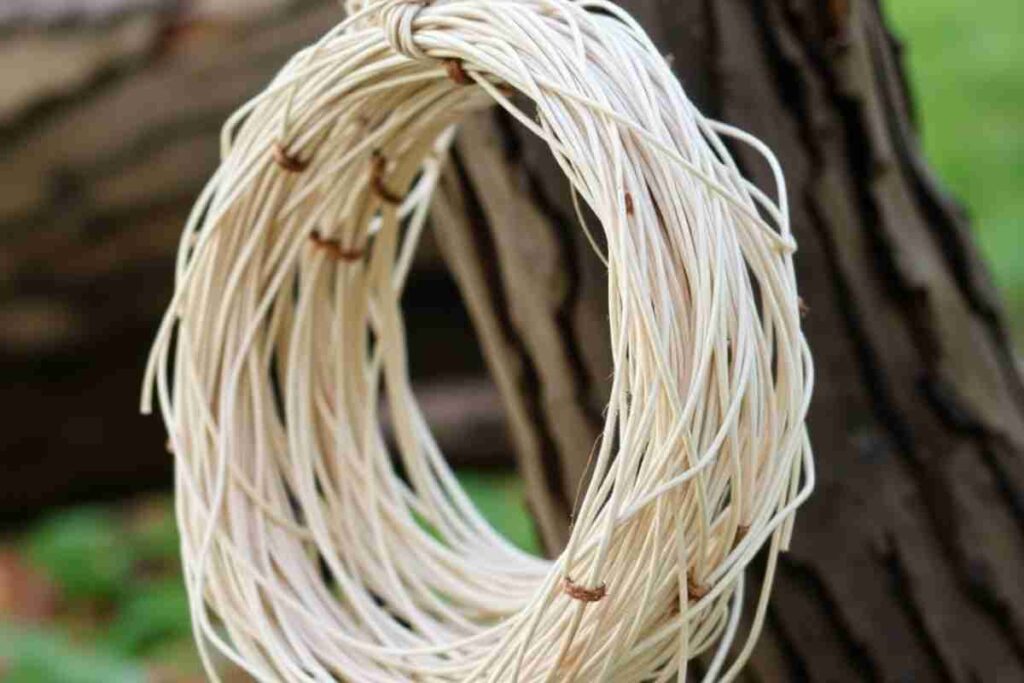
Snares are simple, yet effective, devices that capture animals by luring them into a trap. Typically made from wire or strong cord, the snare tightens when an animal pulls on it. This mechanism makes snares one of the oldest and most reliable forms of trapping.
At their core, these devices are designed to work without the need for constant attention, making them ideal for hunters, survivalists, and anyone in need of a low-maintenance trapping system. They can be used to catch a wide variety of animals, ranging from small game like rabbits to larger prey like deer.
How Do Snares Work?
The basic design of a snare consists of a loop of wire or cord that tightens when triggered. The loop is set in an area where animals frequently travel, such as animal trails, burrows, or near food sources.
When the animal steps into the snare, it pulls the loop tight around its neck, leg, or body. This constriction prevents escape and captures the animal.
There are several key types of snares, including:
- Foot Snares: These are designed to capture an animal by its leg. The loop of the snare tightens around the foot when the animal steps through it.
- Neck Snares: This type is designed to catch animals by the neck. When the animal triggers the snare, the loop tightens around its neck, restraining it.
- Spring-loaded Snares: These snares have a mechanism that causes the snare to tighten automatically once triggered by the animal’s movement.
Different Types of Snares
These devices come in a variety of designs, each suited to different environments or purposes. Let’s take a closer look at the most common types:
- Wire Snares
Wire snares are one of the most popular choices for trapping. The wire can be thin yet incredibly strong, capable of holding animals of various sizes. Typically, these snares are used to capture small and medium-sized animals, such as rabbits, squirrels, and coyotes. - Cable Snares
Cable traps are another form of snare, often thicker than wire ones. These devices are used to capture larger animals, such as deer or wild pigs. They are more durable and can withstand the force exerted by bigger animals. - Snare Drums
Snare drums are a more modern and refined approach to trapping. These devices consist of a drum that houses the snare and automatically tightens when triggered. They are often used in more controlled environments and are effective for catching large animals without harming them.
The Pros and Cons of Using Snares
Like any tool, these devices have both advantages and disadvantages. Understanding these can help you decide when and how to use them.
Pros:
- Low-maintenance: Once set, snares require little attention, making them ideal for long-term trapping.
- Effective: When properly set, snares can efficiently capture a wide range of animals.
- Versatile: Snares can be used in almost any environment, from forests to open fields, and even urban areas.
Cons:
- Non-selective: Snares can sometimes capture unintended animals, including pets or protected species.
- Ethical concerns: In some areas, the use of snares is regulated or restricted due to concerns over animal welfare.
- Skill and knowledge required: Setting an effective snare requires skill and understanding of animal behavior, and improper use can lead to ineffective trapping.
Setting a Snare: A Step-by-Step Guide
Setting a snare is a relatively straightforward process, but it requires precision. Here is a simple step-by-step guide to setting a basic snare.
Step 1: Choose the right location
Look for places where animals are likely to pass. This includes animal trails, near dens, or near food sources.
Step 2: Set the snare loop
Make sure the loop is the right size for the target animal. It should be large enough for the animal to step through but tight enough to hold it once triggered.
Step 3: Attach the snare to a solid anchor
The snare should be securely tied to a tree, a post, or another sturdy structure to prevent the animal from escaping once caught.
Step 4: Adjust the tension
Make sure the snare is set with the right amount of tension so that the loop tightens quickly when triggered.
Step 5: Check regularly
If possible, check the snare frequently to ensure it functions correctly and to prevent unintended captures.
Ethical Considerations and Legal Issues
Before setting any snare, it’s important to consider the ethical implications and the legal regulations in your area.
Many regions have strict laws surrounding trapping to protect wildlife and prevent the capture of non-target species.
Always check local regulations and ensure that you’re using traps in a responsible and ethical manner.
In addition, they can be dangerous if not checked regularly. Animals caught in them can suffer from injury or stress, so it’s important to make sure you’re following proper practices to minimize harm.
Common Mistakes to Avoid When Using Snares
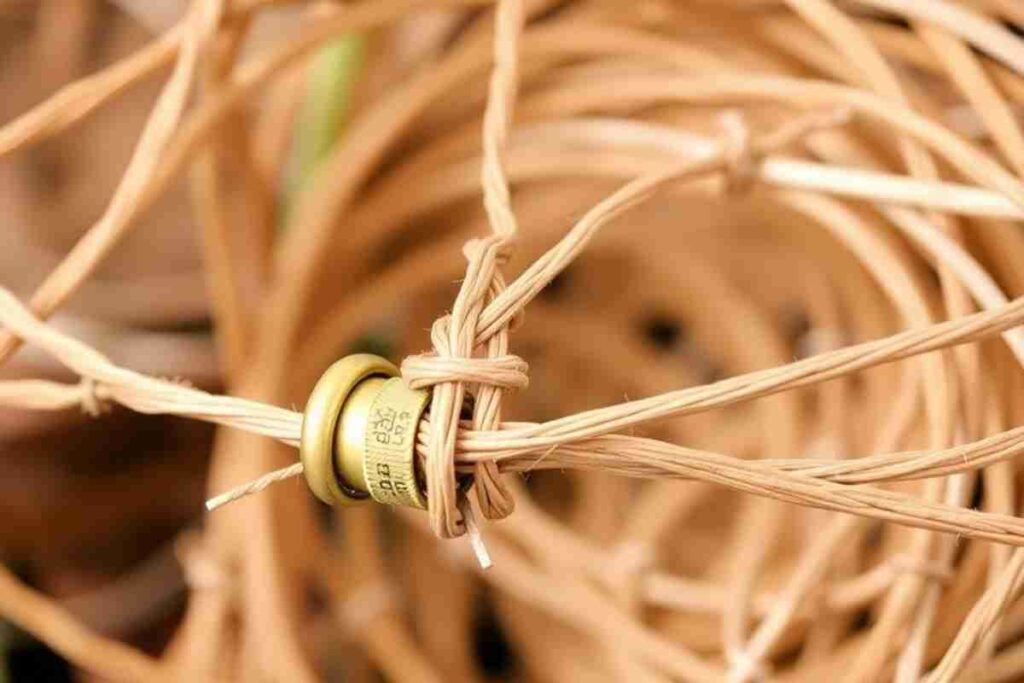
While these tools are relatively simple to use, there are common mistakes that can reduce their effectiveness. Here are a few to avoid:
- Using the wrong size snare: If the snare is too large or too small for the target animal, it may not work properly.
- Poorly placed snares: If the snare is not positioned in a high-traffic area or is too loose, it won’t be effective.
- Ignoring regulations: Using snares in areas where they are prohibited can lead to fines or legal issues. Always check local laws before setting any traps.
Conclusion
These are simple but powerful tools used for trapping and capturing animals. Whether you’re using them for hunting, survival, or pest control, understanding how they work and the best practices for setting them can make a big difference in their effectiveness.
Always ensure you follow local laws and ethical guidelines to avoid harm to wildlife and the environment.
By learning about snares, you can improve your trapping skills while ensuring responsible use of these essential tools.
If you’re interested in learning more about trapping, make sure to explore this detailed resource that provides more in-depth knowledge about the different types and uses.
FAQs
What is the purpose of a trapping device?
The primary goal of this tool is to capture animals through a simple mechanism, often without requiring constant attention.
How do these tools work?
They function by using a loop that tightens when triggered by an animal’s movement, restricting their ability to escape.
Can these devices harm animals?
If not set correctly, they can cause injury or stress to animals, which is why regular checks are important.
Are there legal restrictions on using them?
Yes, different regions have specific laws regarding the use of such tools, often to protect wildlife and ensure ethical trapping.
What animals can be caught using these tools?
They are versatile and can capture various species, ranging from small rodents to larger mammals, depending on the setup.
How often should they be checked?
It’s recommended to check them frequently to ensure they are functioning properly and to prevent unintended captures.
Can these devices be used in urban areas?
Yes, they can be used in urban environments, but extra care should be taken to avoid capturing non-target animals, including pets.
How can one improve their trapping skills?
Learning from experienced trappers, practicing in safe areas, and understanding animal behavior can all improve your success rate.

